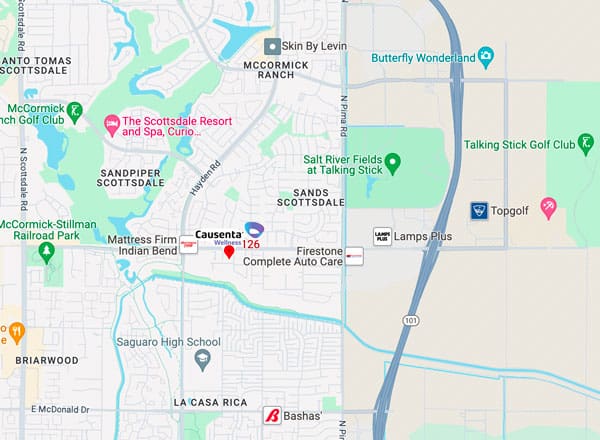
By: Dr. Thomas Incledon
Glioblastoma is an aggressive form of brain cancer. It is also hard to detect and destroy. Typically, by the time that someone realizes they have it, the cancer is pretty far along – meaning it has progressed to a later stage. In other words, it has momentum making it more difficult to stop it. And, because of the location within the brain, it can be hard to target without hurting healthy brain tissue surrounding the tumor.
The standard of care model for treating glioblastoma begins with surgery, which is usually followed by radiation or chemotherapy, or even a combination of the two. The challenge with this approach is that because you cannot see the cancer cells during surgery, cells are often left in the body and they lead to new tumor growth. This model has shown limited success with more than 60 percent of people diagnosed with glioblastoma dying from the disease.
However, there is hope. Dr. Tom Incledon, Founder and CEO of Causenta, reports that he and his team believe that glioblastoma is treatable. “We have a number of current patients with glioblastoma who are all doing very well. In fact, they are currently showing no signs of the cancer growing back.” While it is too early in their treatment to say they are cured, Incledon is confident in the myriad of treatment strategies and tools Causenta is putting at work for these patients.
“We complement chemotherapy with different tools such as diet and other medications that will target cancer cells in other ways,” says Incledon. “We do this so that we can attack cancer cells in many ways. It is harder for cancer cells to survive when we are poking 50 holes at a time.”
He also notes that the biggest problem he faces with treating glioblastoma is that people wait too long to change strategies and come to Causenta. If treatment is not improving your health, you have to seek other answers and take action. “We have glioblastoma patients who came in experiencing dizziness and trouble forming words. These same patients now have restored balance and can smile, laugh, and communicate with friends and family.”
While it is unknown what causes glioblastoma, there are often lifestyle choices or patterns of behavior that are a contributing factor. The challenge with this is that while in treatment, this behavior can be minimized or eliminated, however when patients return home, the habit will often resurface. “This is especially true with changes to someone’s diet,” says Incledon. “It is a lot harder to eat a wide variety of foods and limit sugar intake if your family is used to eating a lot of desserts and fast food. These changes and conflicts can also lead to emotional stress for patients and their families.” To help manage these non-physical side effects of cancer, Causenta includes a social worker and others as part of each patient’s after care team.
If you are interested in learning more about glioblastoma multiforme and personalized treatment options at Causenta, schedule a free 30-minute consultation.
About the Author
Dr. Thomas is the founder and CEO of Causenta Wellness, and the Causenta Cancer Treatment Center in Arizona. From working with NFL, MLB, MMA, World Class athletes and even the White House, his reputation of personalized medicine and cutting-edge technologies has put him on the map, caring for some of the most powerful people in the world, making him one of the most sought-after healthcare professionals of all time.


